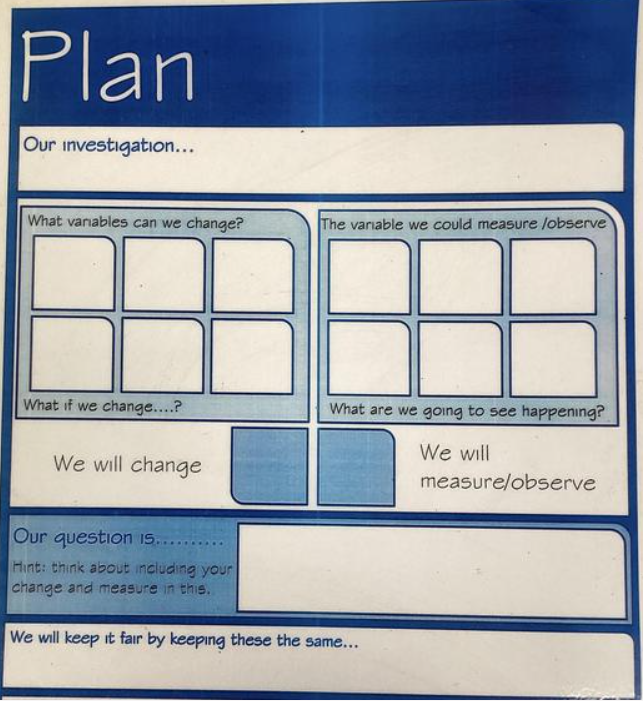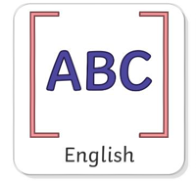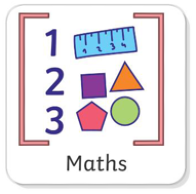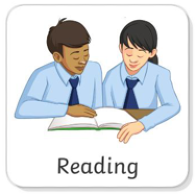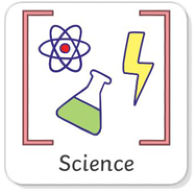Monday 6th October 2025
Grammar Warm Up
LC: to create and correctly punctuate relative clauses with 'which'
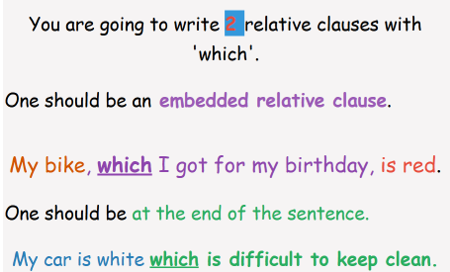
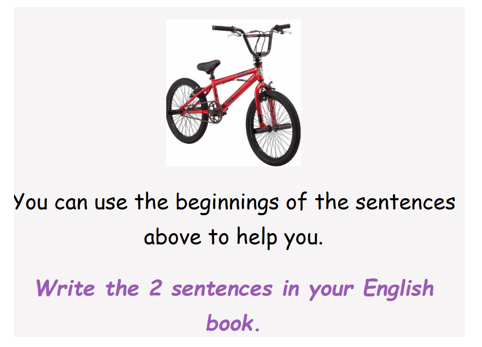
LC: to identify how language, structure and presentation contribute to meaning
We have looked at how
the presentation
helps our understanding of a text.
These features make the information clear and interesting to read.
How many can you name?

Discuss with your partner and make a list on your whiteboards!
1. bullet points
2.
Today we are going to focus on
language features
of effective non-fiction writing and make a toolkit.

Let's look at this text as a class to see what language features the writer uses.
Text 1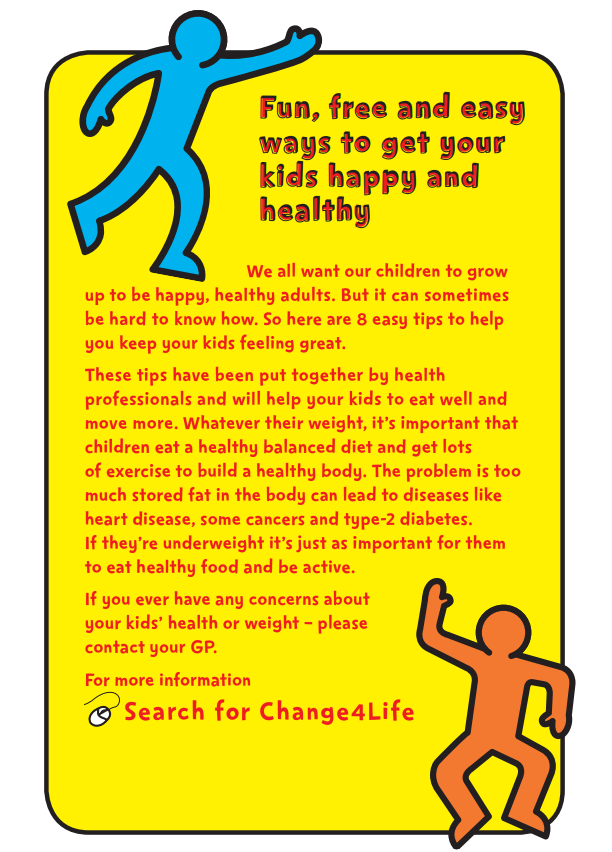
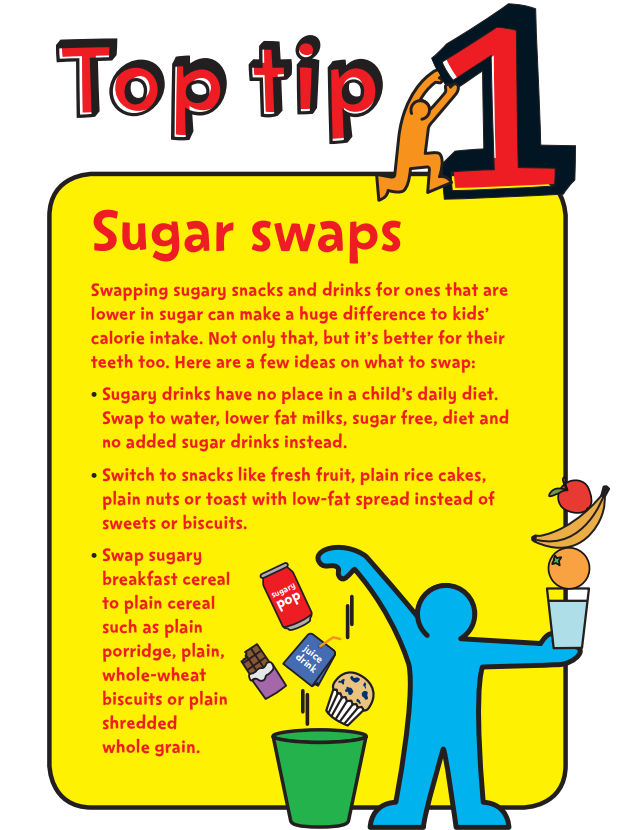
This text is to
a. explain
b. instruct
c. persuade?
Language features:
- first person to make the reader feel we are ALL included in this concern for children's health
'We all want our children to grow up to be happy, healthy adults...'
- facts to give a strong message based on evidence and medical research
'... too much stored fat in the body can lead to diseases like heart disease, some cancers and type-2 diabetes.'
- command verbs that give an instruction to the reader
'.. swap to water...'
' Switch to snacks like fresh fruit ...'
Let's add these 3 language features to our
Non-Fiction toolkit.
Text 2
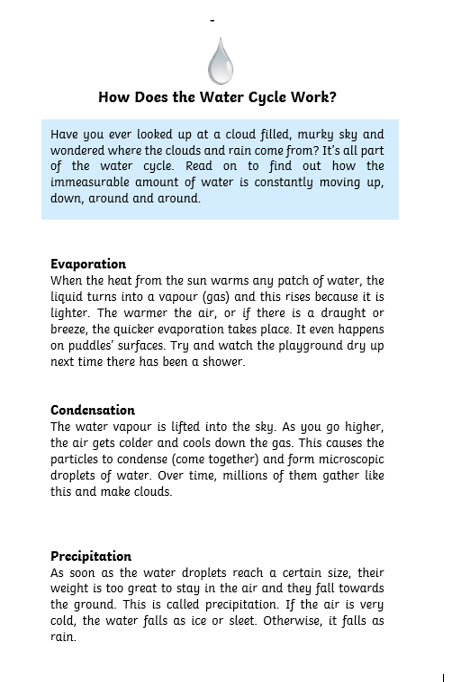
This text is to
a. recount
b. explain
c. instruct?
Language Features
- second person allows the writer to talk directly to the reader using 'you'
Example
- third person to describe the process in a clear way using it/they/this
Example
' This is called precipitation.'
'The water vapour is lifted into the sky.'
- language of consequence to explain a process
When this happens .... this happens
As soon as this happens ..... this happens
If this happens .... this happens
This causes ....
Example
'
Text 3 - complete this analysis on the sheet
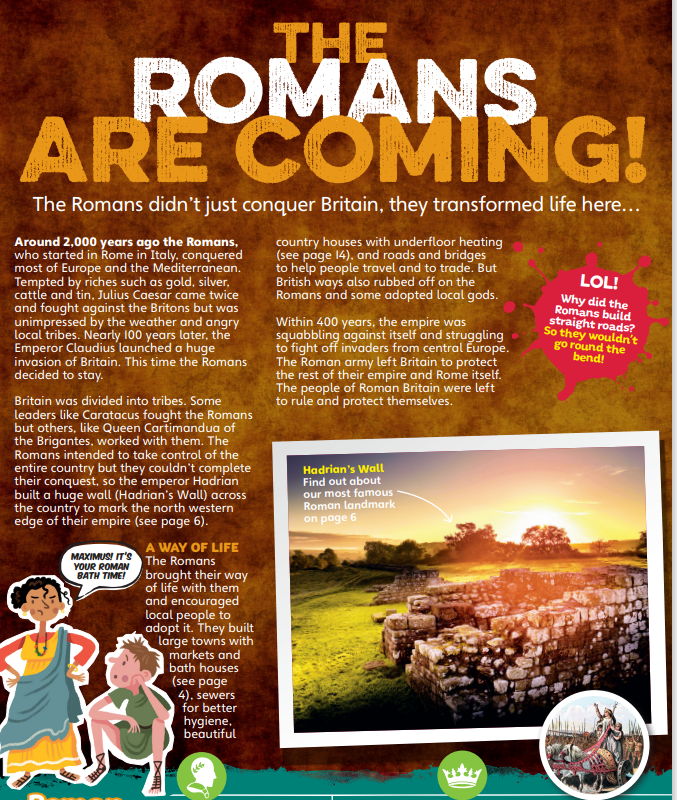
This text is to
a. report
b. persuade.
c. instruct?
Language Features
- Exclamations to grab the reader's attention
Example
- Dates and figures as evidence in facts
Example
- past tense verbs to report events in history now finished
Example
- third person to describe past events using them/they/it
Example
Your task for this unit is to create a
non-chronological report
about the
achievements and significance
of the ancient Greeks for
parents.
Which one of the 3 texts above will be the most similar to yours?
6/10/25
LC: To subtract using the column method using numbers to 1 000 000.
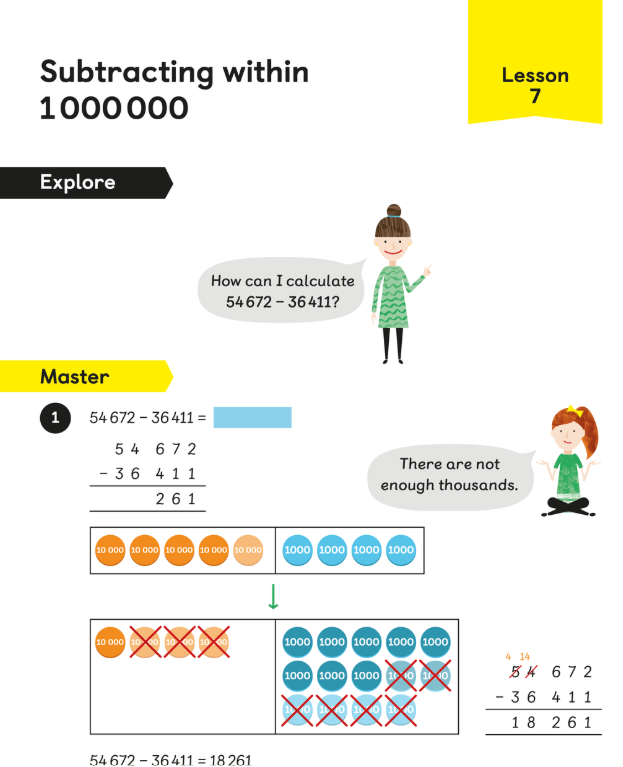
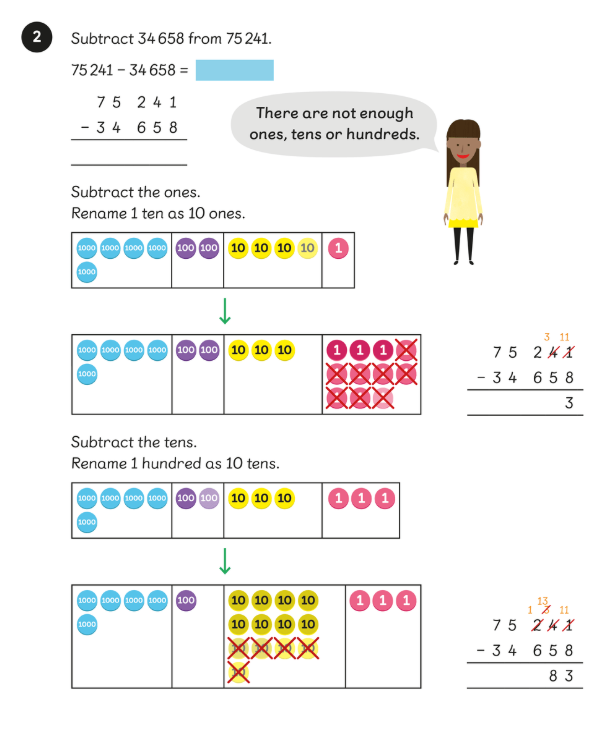
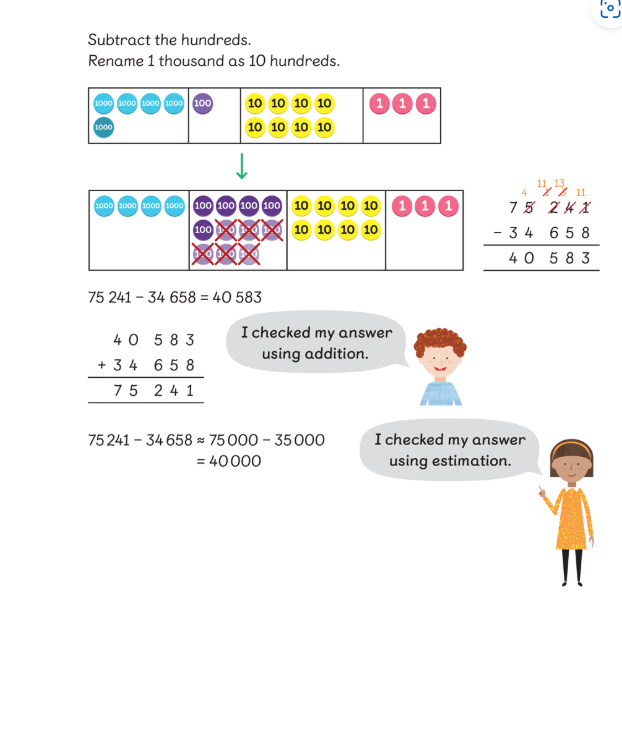
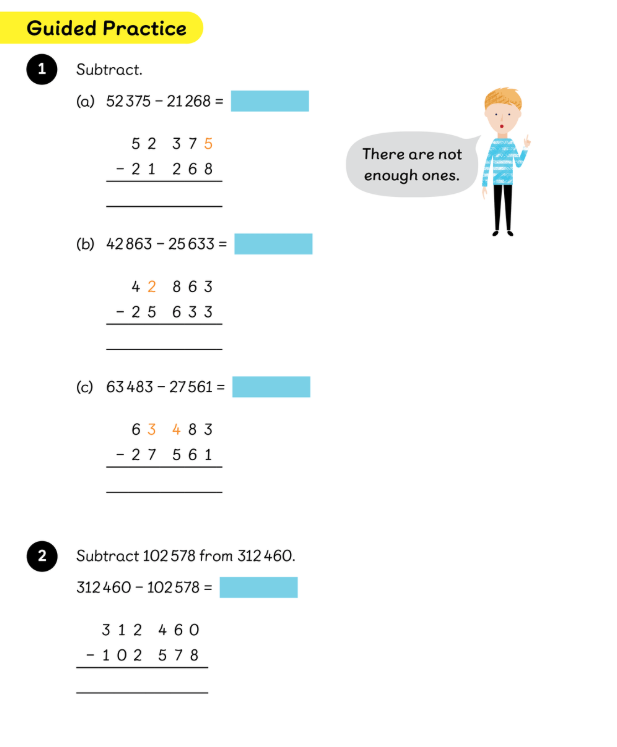
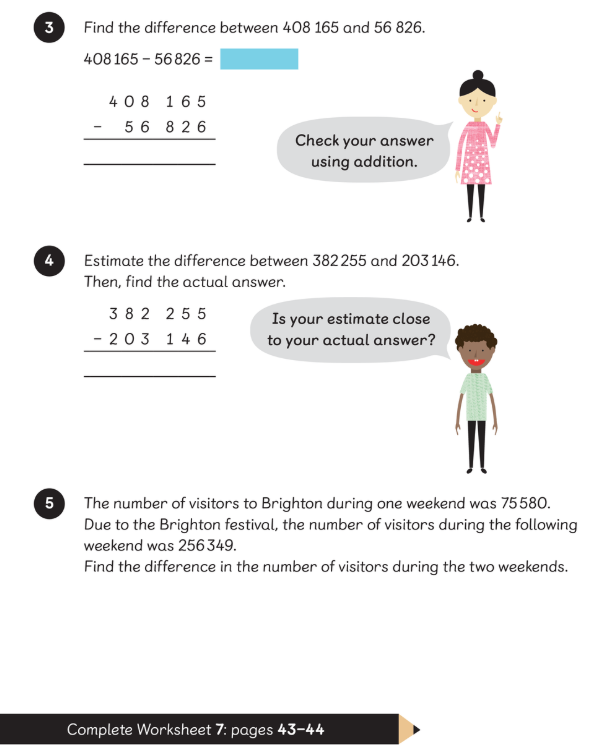
RIC
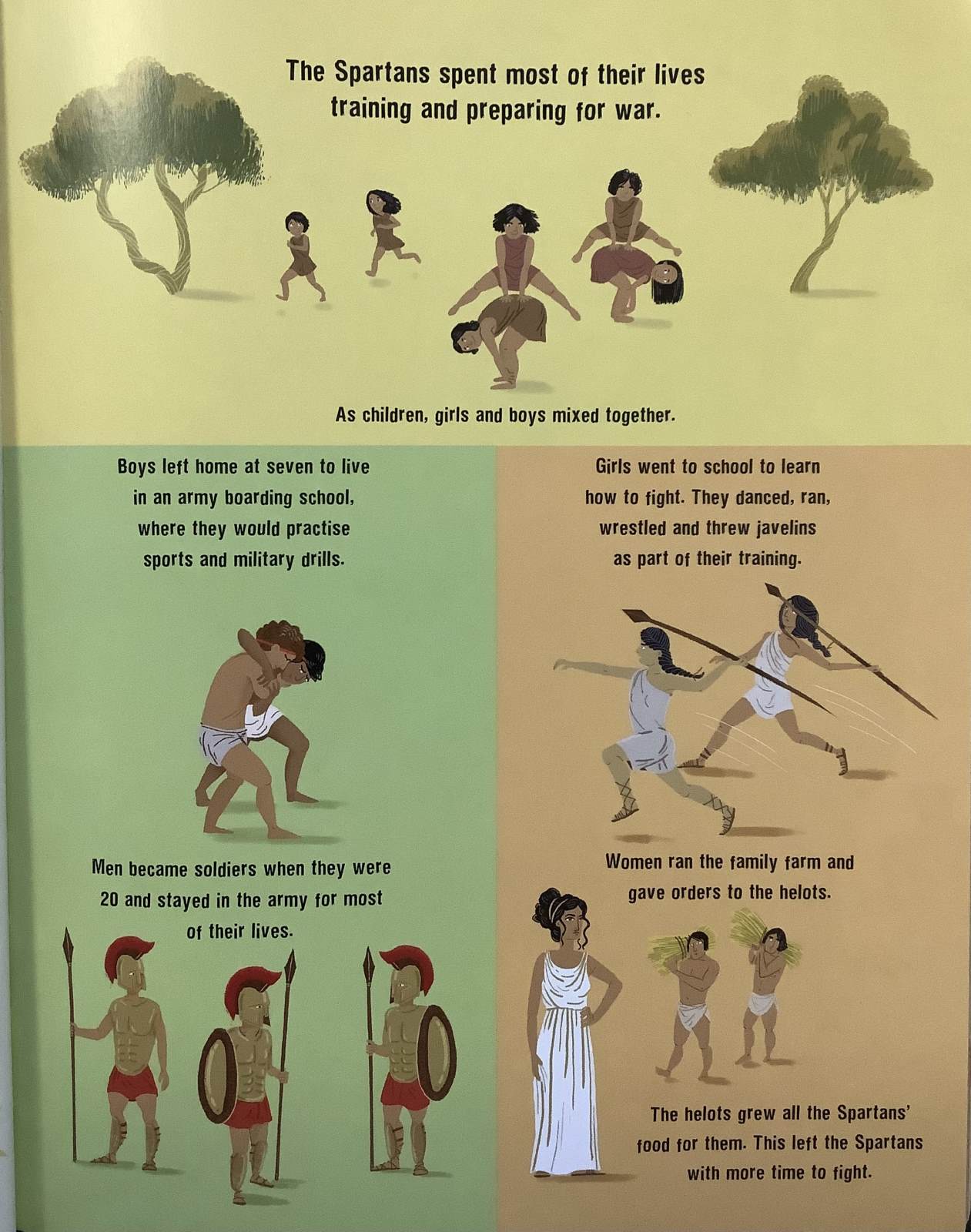
R - When did men become soldiers?
I - What do you think the word 'military' means? Can you find clues in the text to help?
C - What feature has the author included to help us visualize and understand information?
Main
LC: Make predictions based on details stated and implied.
What is a prediction?
As we read, we naturally make predictions (guesses) about things like:
-
what is going to happen next
-
what unfamiliar words mean
We use clues in what we have already read to make these predictions.
These clues are called context.
Remember!
When you are making predictions about a story, think about the characters, the setting and the plot.
Ask yourself questions, like:
- What is happening?
- Why did he do that?
- Will that be important later in the plot?
- I wonder why that has happened now?

-
A prediction isn’t what you want to happen next, it’s what you think will happen next, based on the story.
-
Stay true to what you know and don’t let your imagination run away with you!
Watch the first part of the Sir Gawain and the Green Knight story again, all the way to the end.

Think about the title of this legend. Who is Sir Gawain and why haven’t we met him yet?
/i/video/Year_5/Reading/Making_Predictions_Sir_Gawain.mp4
Activity
What do you think will happen next?
Now you are going to continue the story, based on your predictions, by writing the next paragraph - about 8 to 10 sentences .
I predict...
Now lets watch the second part of the story to find out if your prediction was correct!
/i/video/Year_5/Reading/Predictions_Sir_Gawain_2.mp4
6/10/25
LC: To know the effect of water resistance.
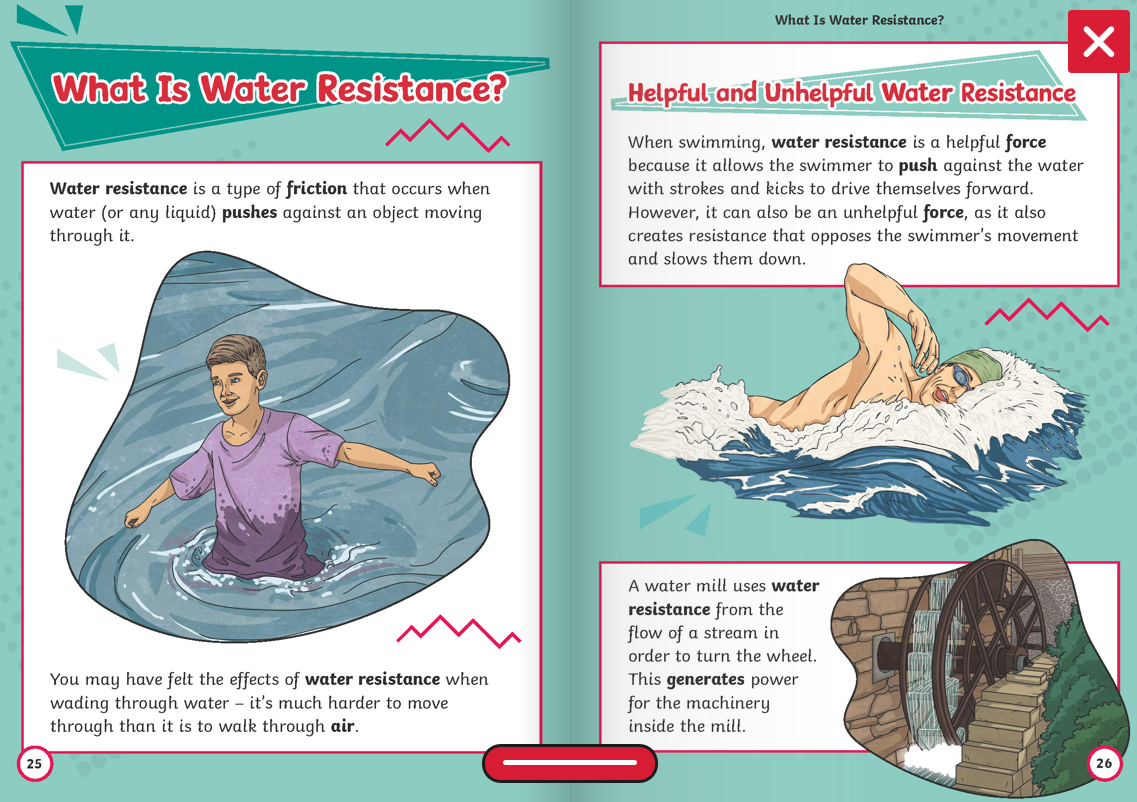
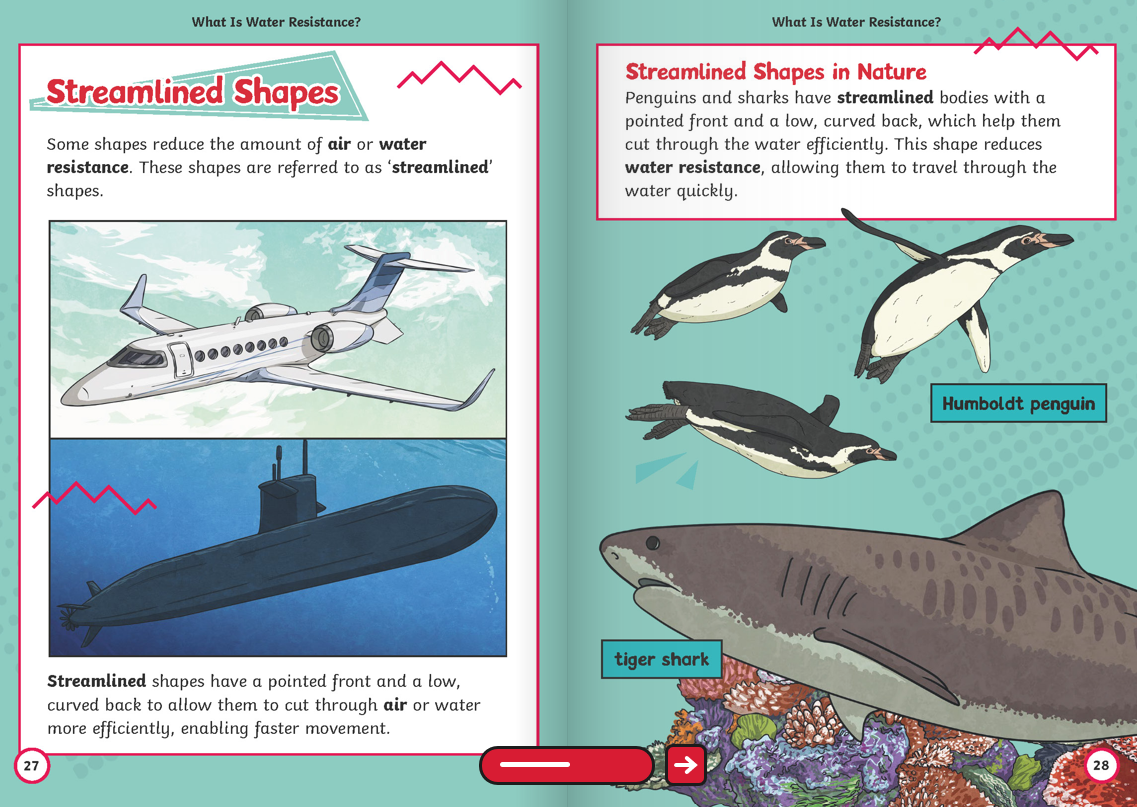
Today you are going to plan your own science experiment to investigate water resistance.
Your key question is:
How can we plan a fair test to investigate the effects of water resistance?
